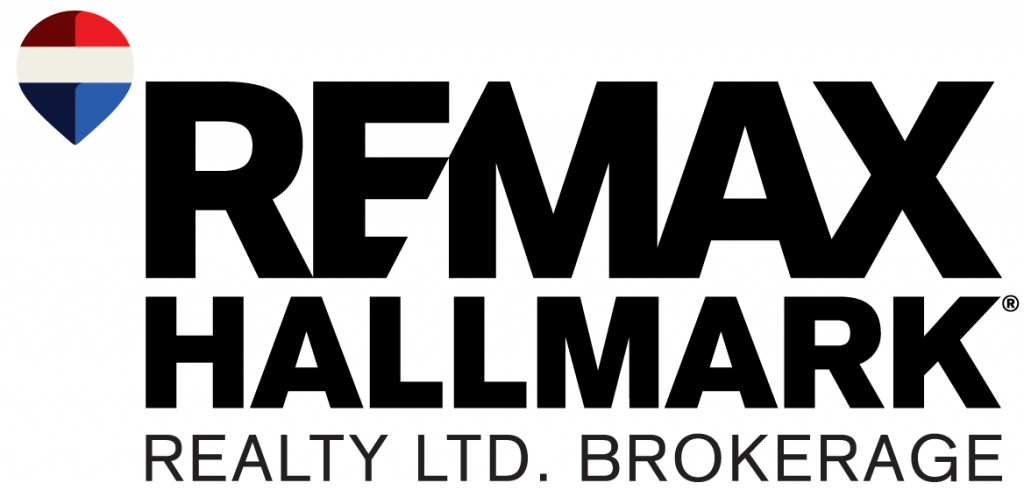Understanding the First Home Savings Account in Ontario
For many Ontarians, the dream of homeownership is often overshadowed by the reality of rising housing prices, especially in Toronto. Saving enough for a down payment can be a significant challenge for many first-time buyers.
Launched in 2023, the First Home Savings Account (FHSA) is quickly becoming a popular way to invest toward saving for a first home. There’s still much confusion about the benefits and workings of this new account, so I reached out to mortgage expert and Pineapple counsellor, Marlon Yee, for insights on how it can help you navigate today’s housing market.
What is an FHSA?
An FHSA is a registered savings plan allowing you, a first-time home buyer, to save to buy or build a qualifying first home tax-free (up to certain limits). This doesn’t only mean you’ve never owned a home, it could mean someone who is recently separated, divorced or someone who has not owned property in the last four years. In Ontario, where property prices are among the highest in Canada, an FHSA can be a game-changer for aspiring homeowners.
How Does an FHSA Work?
An FHSA is a hybrid between the Tax-Free Savings Account (TFSA) and a Registered Retirement Savings Plan (RRSP). Contributions are tax deductible, like an RRSP, and withdrawals are tax-free when used for a qualifying home purchase, like a TFSA. But unlike a TFSA, which starts building a contribution room in the year you turn 18 even if you don’t open an account, contribution room in an FHSA starts the day you open the account.
“Similar to an RRSP, any contributions made to your FHSA are tax deductible off your income. You can generate a significant tax return, which you can flip back into your savings for your first-home down payment.”
You can hold an FHSA for up to 15 years, with a total contribution limit of $40,000 with a maximum of $8,000 per year. You’re allowed to contribute over the full 15 years, if needed, but the sooner you reach the $40,000 maximum, the more your investments will have time to grow.
“You don’t actually have to go out and buy a house once you max out your contributions. You could use the remaining time for the funds to sit there (and earn interest),” says Yee. “You could trade it up in terms of investments. And when you’re ready, use the funds.”
When withdrawing funds from your FHSA to buy a home, you can withdraw both the initial $40,000 contributed and any tax-free growth earned on that money with no-strings attached. By contrast, you can also use RRSP investments to purchase a home through the Home Buyers’ Plan (HBP), but you’re limited to a maximum of $60,000, which must be repaid within 15 years.
How does an FHSA fit into your financial plan?
An FHSA is one more tool available to young people. “It’s one of the most effective tools because of its tax-free savings advantages. If you’re planning to buy a house, it’s the first account you should open, because of the immediate tax benefits.”
If you already have a TFSA and RRSP, and don’t own a home, one strategy is to transfer money from your RRSP into your FHSA. While you won’t get a tax deduction benefit for transferring (because you already received it when you contributed the money to the RRSP), the benefit is money used from an FHSA to buy a home doesn’t have to be repaid. RRSP funds can be used to buy a home as well, but that money has to be repaid within 15 years. “Many clients come to us and they already have a TFSA, an RRSP. But a lot of them don’t know that you can transfer money from your RRSP into your FHSA to top it up.”
“The sooner you realize you’re going to buy a house, talk to an advisor and come up with a game plan. So you can maximize your tax returns and accelerate your savings journey.”
April 22, 2025



